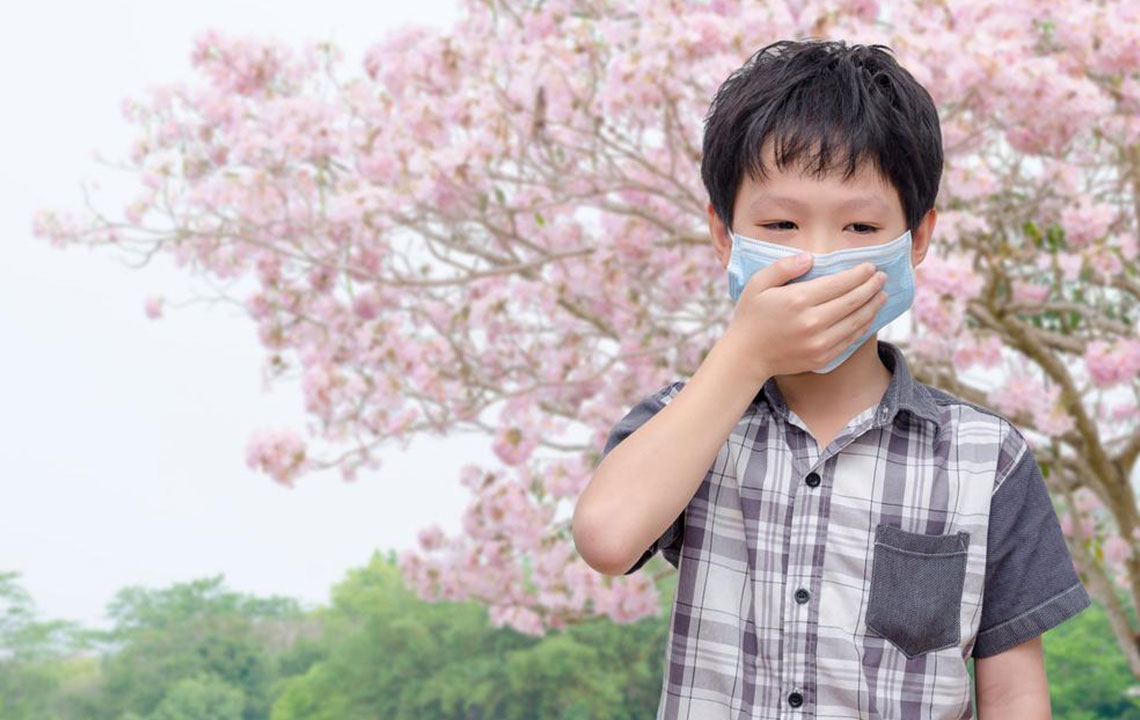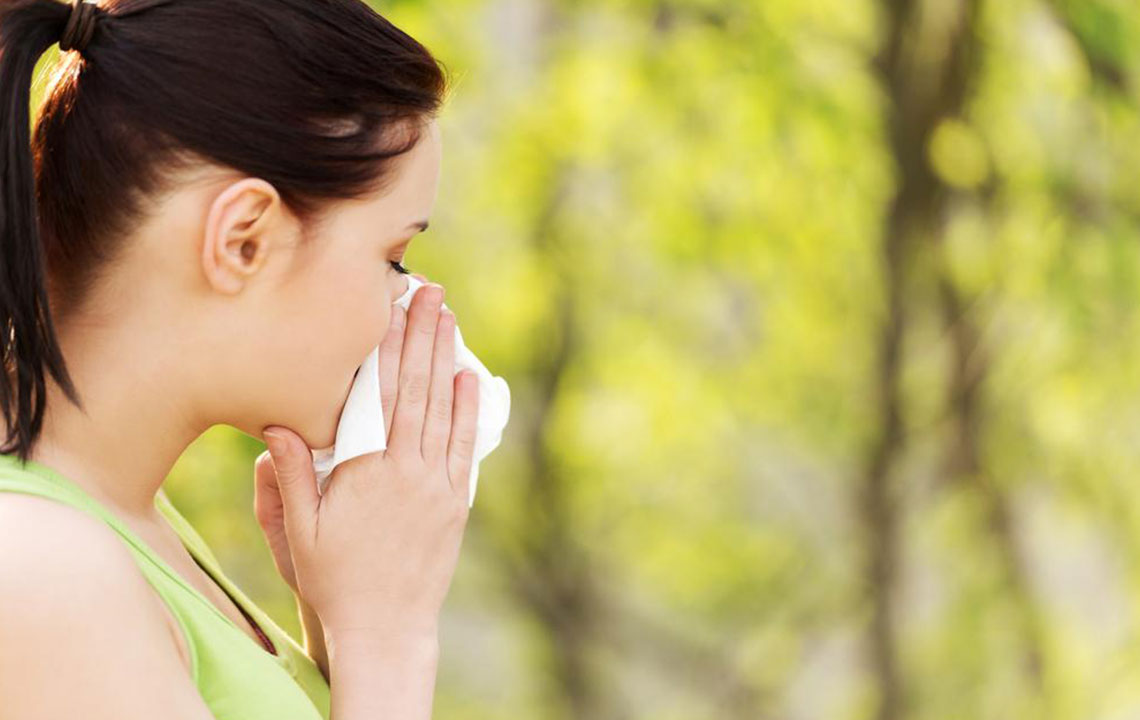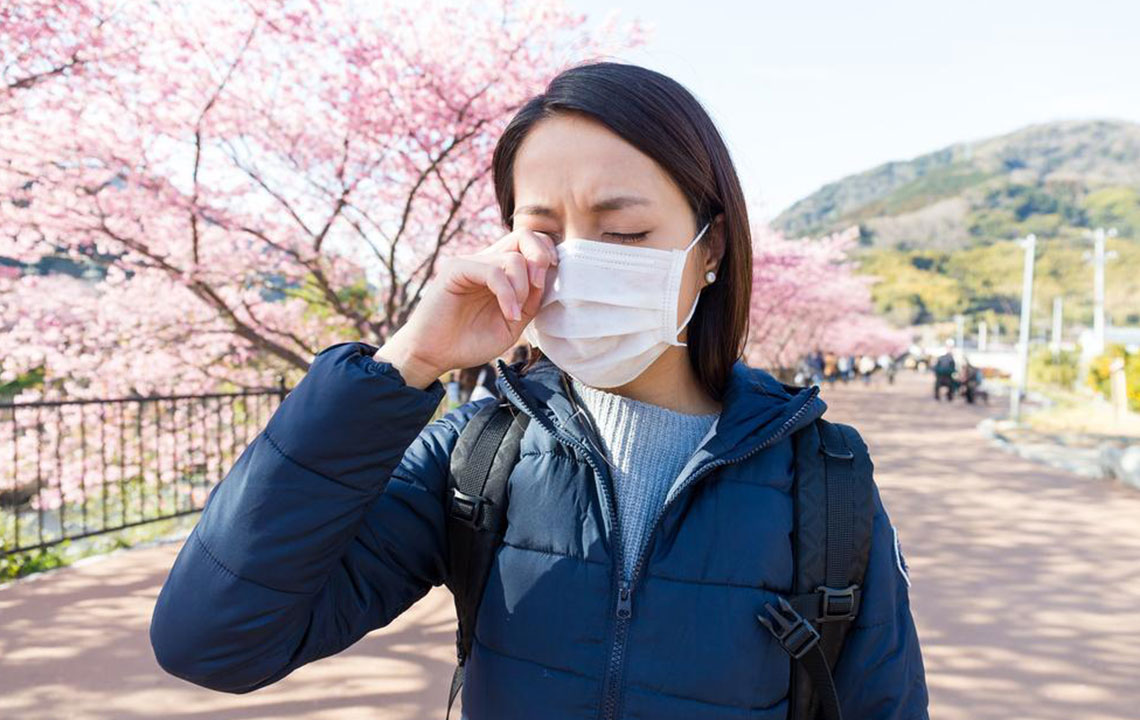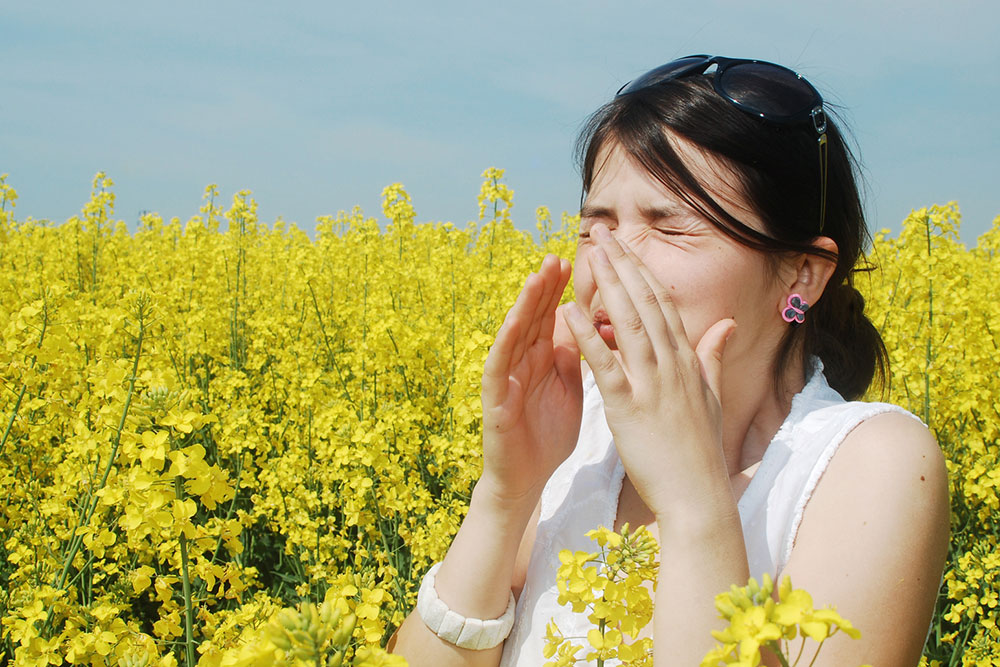Understanding Pollen Allergy: Causes, Symptoms, and Solutions
Explore the causes, common symptoms, and effective treatments for pollen allergies. Learn how different types of pollen trigger allergic reactions and discover practical tips to reduce exposure. Medications and allergy shots can help manage symptoms, making spring and fall more enjoyable for allergy sufferers. Consult a healthcare professional for personalized advice and effective management strategies to improve your quality of life during pollen seasons.
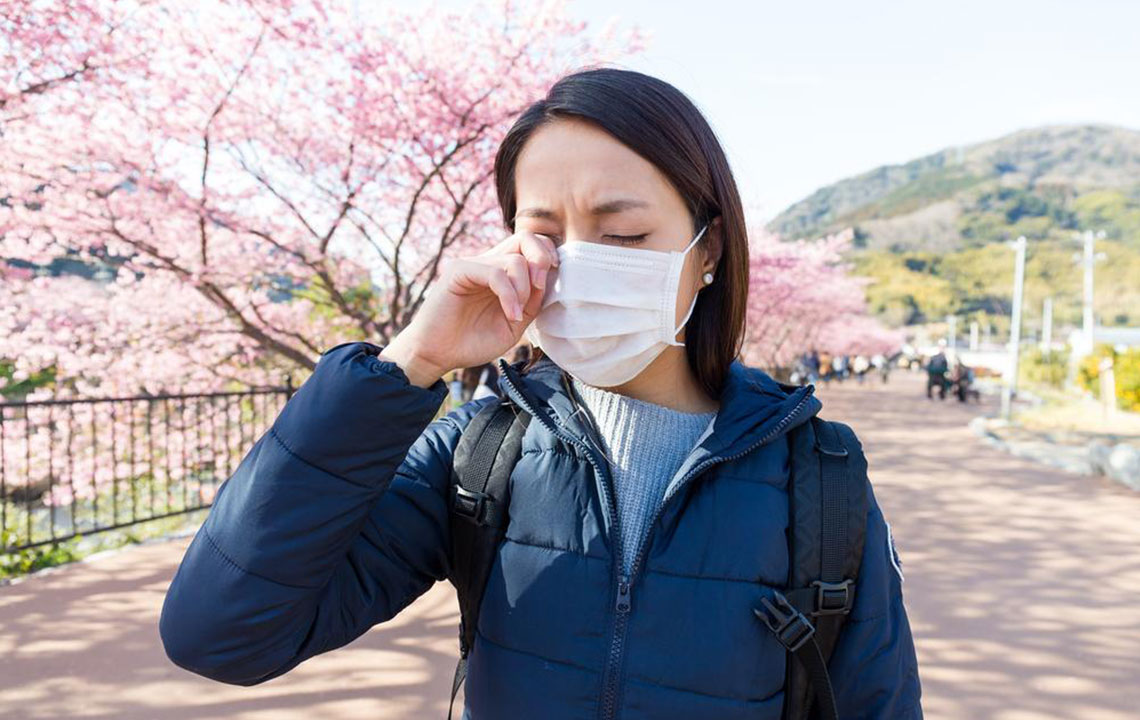
Understanding Pollen Allergy: Causes, Symptoms, and Solutions
Many people eagerly await spring’s vibrant blooms, but for some, this season triggers sneezing fits and allergy symptoms. Pollen allergy, also called hay fever or allergic rhinitis, affects countless individuals worldwide. While some experience symptoms year-round, others suffer mainly during peak seasons like late spring and early fall. Though complete cure is rare, proper medication and lifestyle adjustments can effectively manage pollen allergies and reduce discomfort.
What Causes Pollen Allergies?
Pollen is a fine powder produced by flowers, grasses, weeds, and trees to facilitate reproduction. Inhaling pollen can trigger immune responses, leading to sneezing, congestion, and other allergic reactions, as the immune system perceives pollen as an intruder.
Major Types of Pollen That Cause Allergies
Numerous plants produce pollen, but some are more allergenic. Common pollen types include:
Birch Pollen – Birch trees release up to five million grains of pollen during flowering. Carried by the wind, these particles can travel over 100 yards, causing airborne allergies.
Oak Pollen – Oak trees release pollen from March to May, especially in the mornings. While generally milder, oak pollen can remain airborne longer.
Grass Pollen – Grass produces pollen mainly in summer, which can cause allergic reactions via inhalation or contact.
Ragweed – With 17 species in the US, ragweed releases pollen from August to November, sometimes starting as early as July. Its wide dispersal causes prolonged allergy seasons, even surviving mild winters.
Symptoms of pollen allergies include:
Runny nose
Sneezing
Nasal congestion
Sinus pressure
Persistent cough
Itchy throat
Reduced taste and smell
Swollen or bluish around the eyes
Exacerbated asthma symptoms
Diagnosing pollen allergies involves allergy testing, where skin pricks assess reactions to specific allergens. Swelling or redness indicates sensitivity.
To manage pollen allergies, avoid exposure by staying indoors during peak pollen times, especially mornings and windy days. Keep windows closed, wear masks and sunglasses outside, run air purifiers with HEPA filters, vacuum regularly, and dry clothes indoors. Medications such as antihistamines, decongestants, and allergy shots can also provide relief and long-term control, especially if symptoms recur annually. Consulting a doctor is recommended if allergy symptoms persist annually around the same time.
Note:
Our blog offers diverse insights, but this information should not replace professional medical advice. For personalized treatment, please consult a healthcare provider. The site cannot guarantee the accuracy of all data or availability of specific offers.

